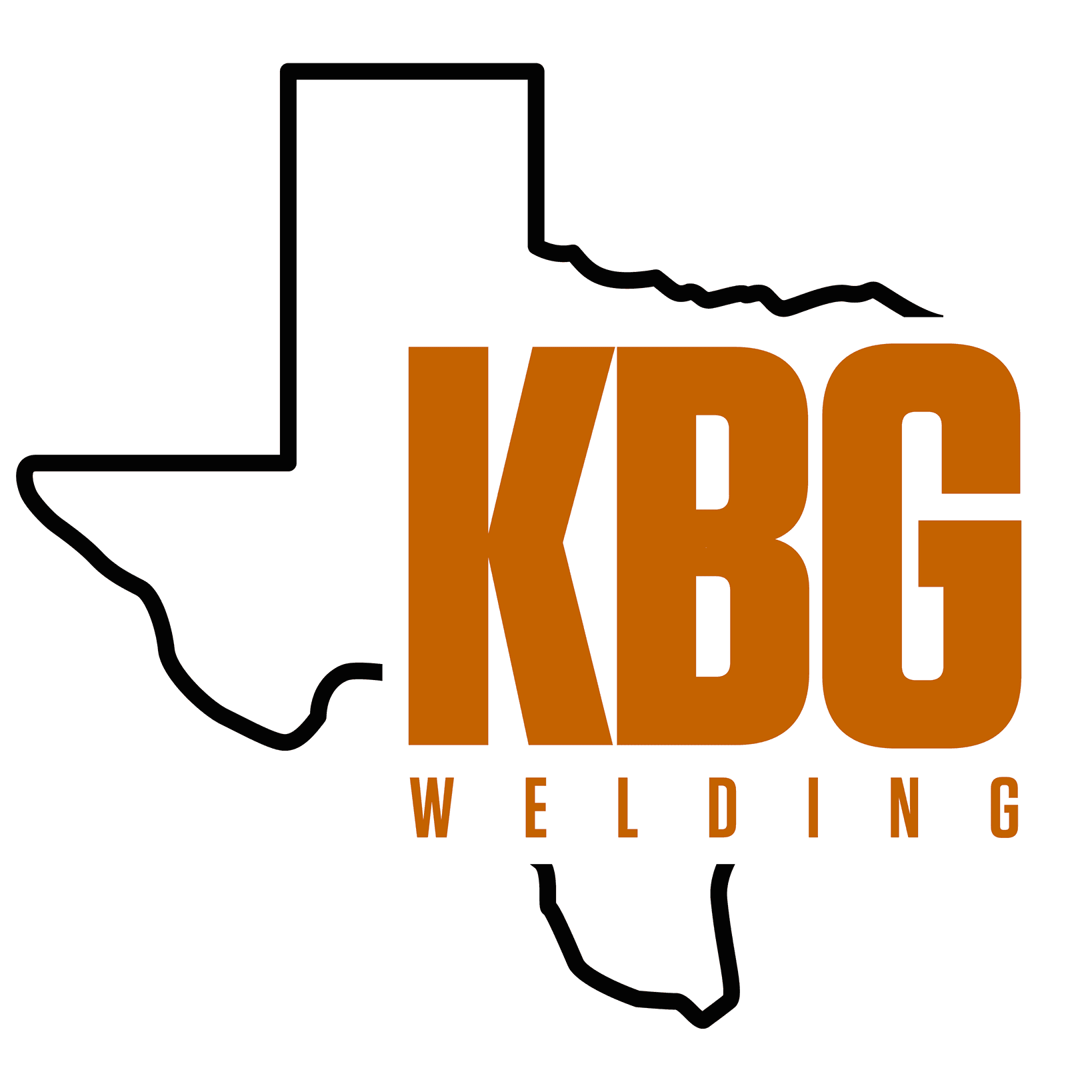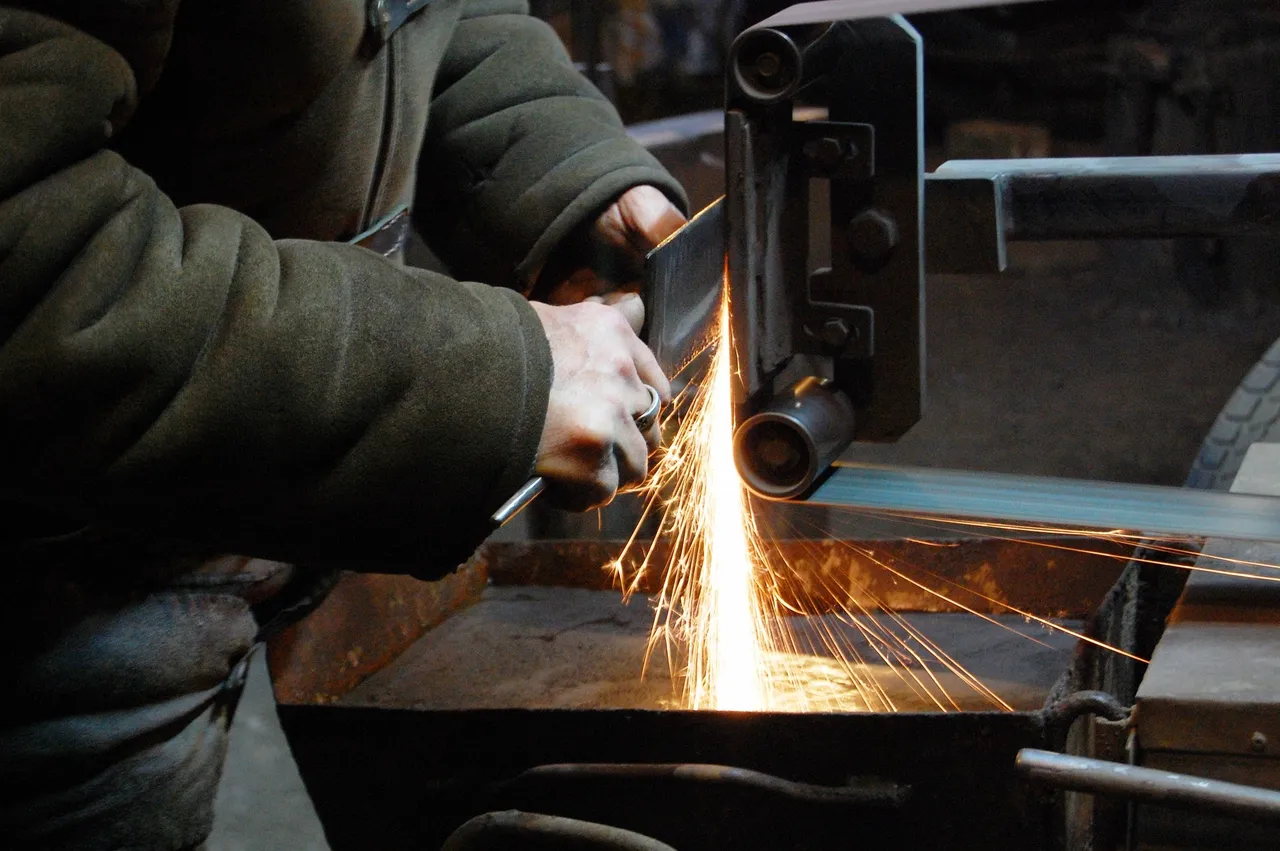Mar 10, 2023
Do you love tinkering with metal and welding? Are you always looking for ways to improve your fabrication skills? Look no further! Today, we'll be sharing ten fabrication tips that will take your skills to the next level.
Finding the center of a circle To find the center of a circle, use a square that is larger than the circle. Place it down on the circle and line up the point of the square at the edge of the circle. Make a mark where the outside crosses over the edge, and draw a line across the circle where those lines meet the edge. Do this a couple of times, and voila! You've found the center.
Use template paper to locate a hole If you're unable to get behind an existing piece to mark a hole location, take a piece of tape and a stiff piece of paper. Lay it on top of the existing holes, poke the holes with a pick or sharpie, and then lay the template on your new piece of metal to get exact hole placement.
Use a pointed bolt to mark holes If you have another set of holes that you can't get to, take a regular bolt, cut the head off, grind it down to a point, and use it to mark your holes.
Make your own center punch You can make your own center punch by grinding the end of a bolt to a point and using it with a hammer.
Use a scrap metal compass to draw circles If you know the circle's radius, mark it in two locations on a piece of scrap metal, drill out those points, and use a sharpie in the other hole to draw a perfect circle.
Use backing to fix a hole in sheet metal When tacking thin sheet metal, use a piece of aluminum or copper as a backer behind the metal to help fill in any holes. This will prevent you from chasing the hole around.
Burn an inch By using the one inch mark as the end of your tape measure, you can eliminate play and get a more precise measurement.
Use a countersunk bolt to center a weld nut If you need to weld a nut over an already drilled hole, use a countersunk bolt that fits the nut to hold it tight and center it perfectly in the hole.
Create template paper patterns To make cutting pieces to fit into an existing area easier, lay the template you create onto your new piece and cut it out for a perfectly sized piece of metal.
Use a heat bar When welding anything thin, use a heat bar to prevent heat from traveling and warping the material.
By implementing these ten fabrication tips, you can improve your metalworking skills and take your projects to the next level. Thanks for reading, and #servingGodandBurningRods!



